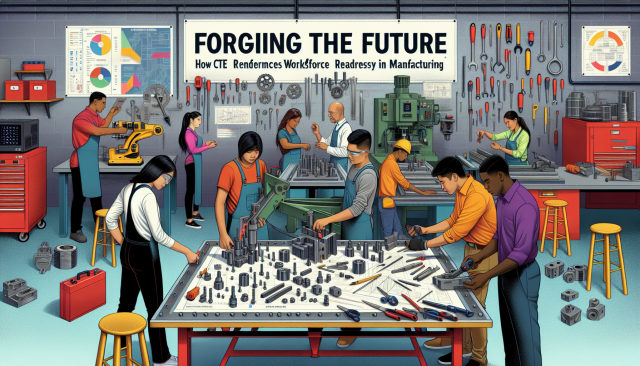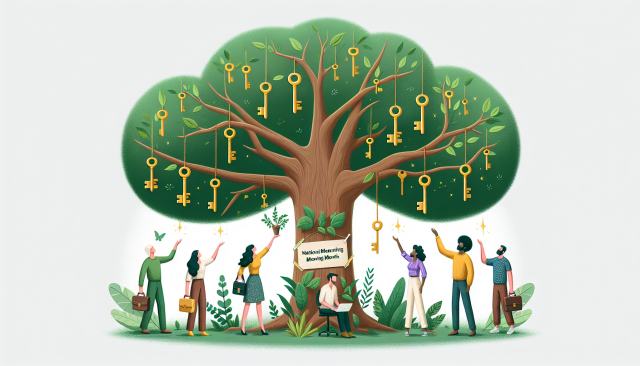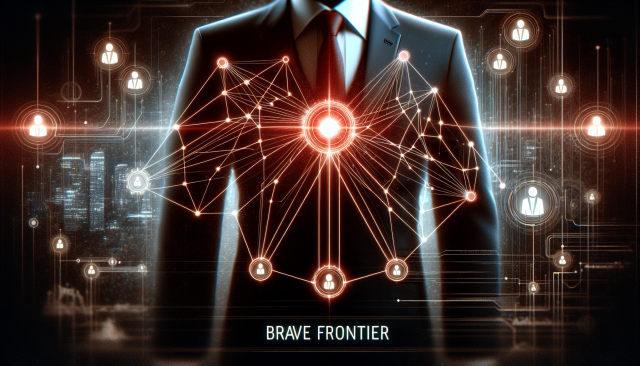Unyielding Bonds: Networking Strategies for Veterans in Transition
Unyielding Bonds: Networking Strategies for Veterans in Transition
Transitioning from military service to the civilian workforce is a journey that is both exhilarating and challenging for many veteran professionals. This shift not only involves adapting to a new environment but also requires tapping into a skill set often left untapped in military service networking. In the civilian sphere, building and maintaining resilient networks is crucial for career advancement and professional growth. This blog explores the importance of networking for veteran professionals and offers strategies to build unshakeable networks even in the face of adversity.
The Power of Networking for Veterans
Networking is more than just exchanging business cards or connecting on LinkedIn; its about building meaningful relationships that are founded on trust, mutual respect, and shared objectives. For veterans, who are often accustomed to the structured hierarchy and camaraderie of military life, the civilian world can feel like an unfamiliar landscape. However, the principles of teamwork, discipline, and integrity that are ingrained in military training can be powerful assets in developing strong professional networks.
Resilience in the Face of Transition
Veterans possess an unparalleled resilience forged through service. However, the transition to civilian life can test this resilience. Adjusting to a new culture, understanding civilian work dynamics, and finding a professional identity outside the military can be daunting. This is where a solid network becomes indispensable. A supportive network can offer guidance, mentorship, and opportunities, acting as a buffer against the challenges of transition.
Strategies for Building Unshakeable Networks
- Leverage Military Networks: Start with communities you are already familiar with. Engage with veteran groups, military alumni networks, and organizations focused on veteran career transitions. These groups not only understand the unique challenges you face but also provide a sense of belonging and support.
- Seek Mentorship: Identify mentors in your desired field who can provide insights and guidance. Mentors can help bridge the gap between military and civilian cultures, offering practical advice and introductions to pivotal connections.
- Embrace Continuous Learning: Stay updated with the latest trends and skills in your industry. Participating in workshops, webinars, and professional courses not only enhances your skill set but also expands your network by connecting you with like-minded professionals.
- Utilize Digital Platforms: Platforms like LinkedIn are invaluable for professional networking. Engage with content, join groups relevant to your interests, and reach out to peers and industry leaders. Digital networking can often open doors that were seemingly inaccessible.
- Reciprocity and Giving Back: Networking is a two-way street. Offer your expertise, help others in their journey, and be genuine in your interactions. Building a network is as much about giving as it is about receiving.
Stories of Success
Consider the story of James, a former marine who transitioned into a successful cybersecurity analyst. By staying active in veteran tech groups and seeking mentorship from a fellow veteran already established in the industry, James was able to navigate the complexities of the cybersecurity field and rise through the ranks. His testament serves as a beacon for others, showcasing the power of network-driven success.
Conclusion
Networking is not just a career tool; it is a vital component of professional resilience and growth, especially for veterans transitioning to civilian life. While the challenges are real, leveraging your military background to build unshakeable networks can transform these challenges into opportunities. By cultivating relationships, seeking mentorship, and embracing continuous learning, veteran professionals can create networks that are not only resilient but also deeply rewarding. As you navigate this transition, remember, the military taught you strength, discipline, and perseverance – all of which are cornerstones of successful networking.































